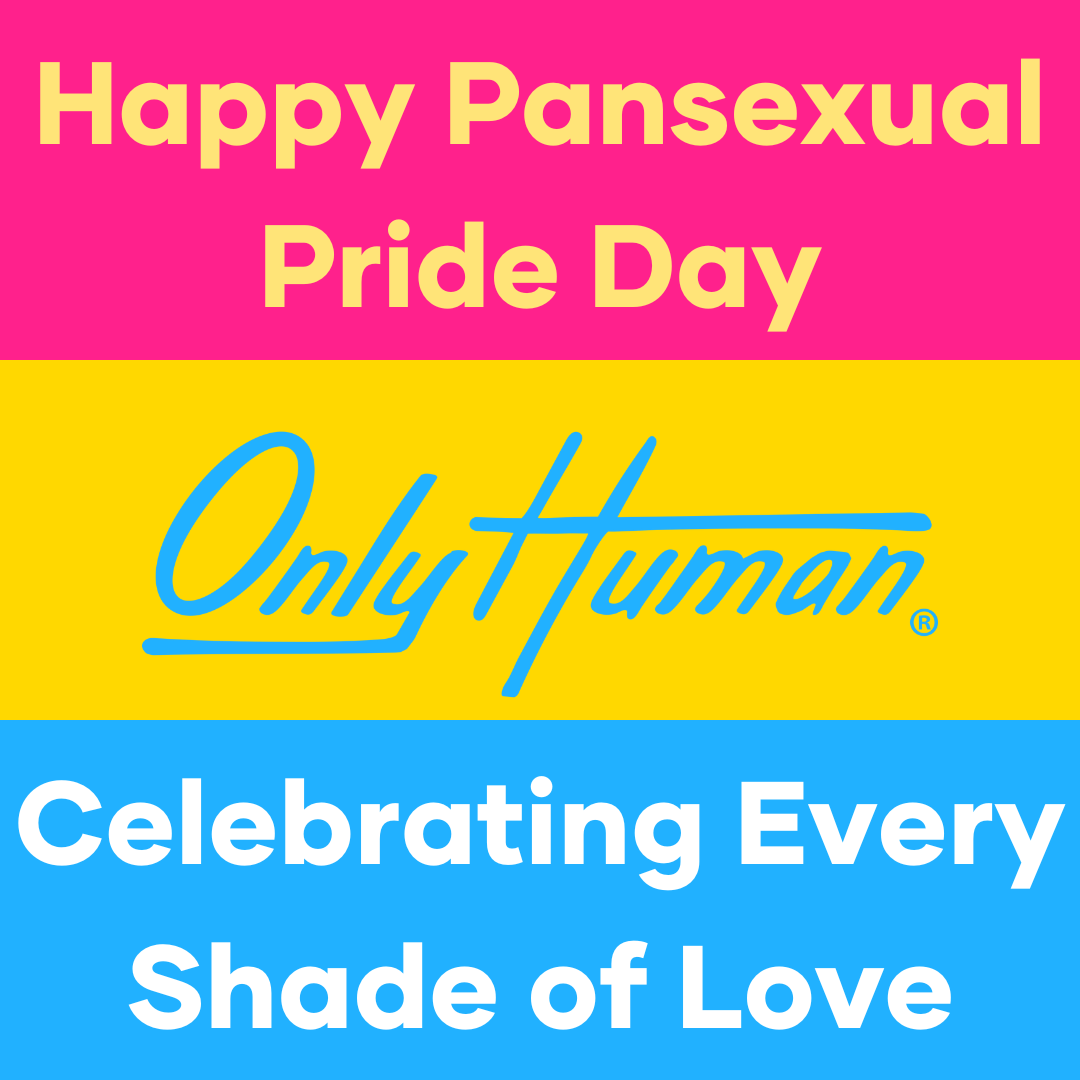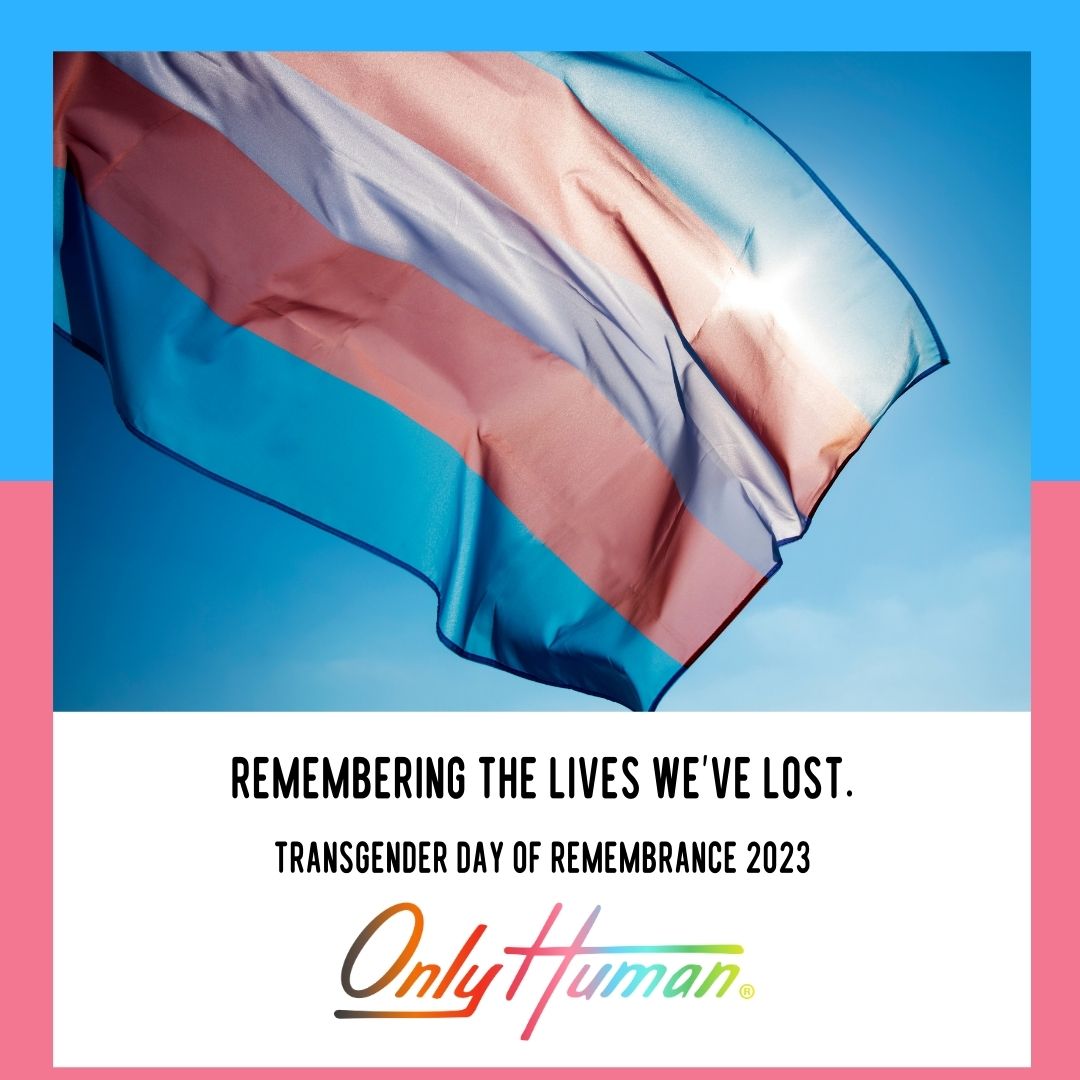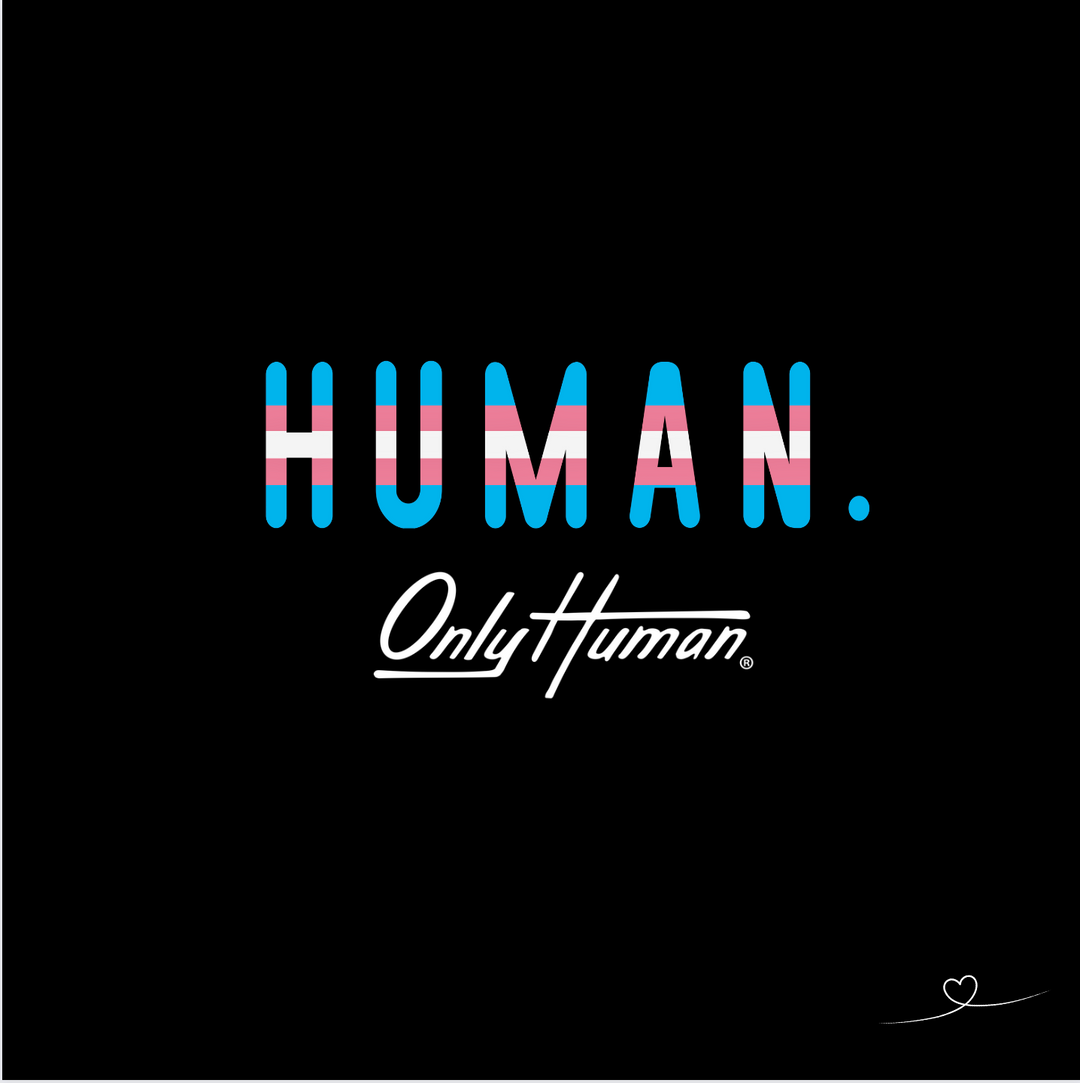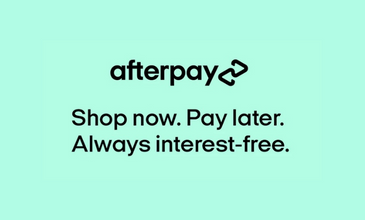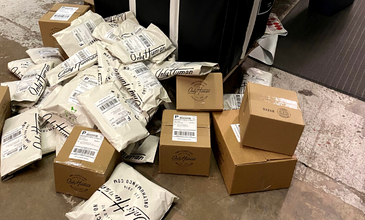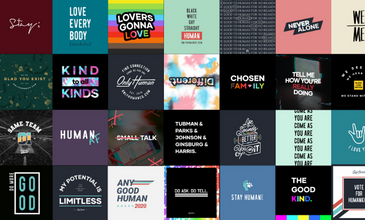The Pride & Trans Flags

THE PRIDE FLAG
The rainbow flag, which has become a symbol for the LGBTQ+ community around the world, has a colorful history, but it wasn’t exactly the first symbol. The Pink Triangle was adopted by many communities as a symbol of queer power, but it was also used in Nazi concentration camps to identify imprisoned men as homosexuals. The new design of a Rainbow Pride Flag was commissioned by Harvey Milk, the first California elected official that was openly gay. Milk asked his friend, artist, and activist, Gilbert Baker to design something fresh to represent the LGBTQ+ community and Baker pushed for a symbol designed by the LGBTQ+ community for the LGBTQ+ community.
The first Pride Flag flew in San Francisco, California at the United Nations Plaza for Gay Pride Day on June 25, 1978.
The original rainbow flag actually had 8 colors, opposed to the 6 we typically see today. Go ahead and check out that rainbow flag you have somewhere. I’ll wait. The two colors that are no longer in the flag are hot pink and turquoise and they were removed so that it was easier to mass-produce.
It wasn’t until 1994 that the rainbow flag became the true symbol for LGBTQ+ pride.
Each of the 8 colors has its own meaning:
- Hot Pink = Sexuality
- Red = Life
- Orange = healing
- Yellow = Sunlight
- Green = Nature
- Turquoise = Magic
- Blue = Harmony
- Purple = Spirit
In an interview with CNN Baker stated that the rationale for his design of the flag was, “We needed something to express our joy, our beauty, our power. And the rainbow did that.” Also noting, “We picked something from nature. We picked something beautiful.” Baker died in 2017, but his legacy will forever live on through the Pride Flag that we all know and love.
THE TRANS FLAG
While we are talking about pride, another name you should know is Navy Veteran Monica Helms. She was the designer of the first Transgender Pride Flag, which flew in the Phoenix Arizona Pride Parade in 1999. The colors of the Transgender Pride Flag are light blue on the top and bottom, traditionally representing baby boys, with pink stripes next to them, traditionally representing baby girls. Finally, the white stripe in the middle represents those who are intersex, transitioning, or having a neutral or undefined gender. The flag is unique because no matter which way you fly it, it’s always correct, signifying transgender individuals finding correctness in their lives.
REVAMPING THE PRIDE FLAG
Pride Flags are constantly evolving and in recent years, we have seen the rainbow flag have an amazing addition. While we are used to the traditional horizontal rainbow flag with 6 colors, oftentimes, there is now an additional chevron on the flag. This design is known as the Progress Pride Flag, which has more inclusive colors. This is incredibly important, as even within the LGBTQ+ community, certain individuals/groups within our community have been historically, and even to this day, marginalized.
In 2018, Daniel Quasar created the Progress Pride Flag, which includes a five-striped chevron on the left side of the flag for the inclusion of trans people and people of color. The 5 strips of the chevron, which point to the rainbow horizontal stripes, are white, light pink, light blue, brown, and black. This was an update to the 2017 Philadelphia Pride Flag, which included the brown and black in stripes above the 6 rainbow stripes.
In 2021, the Pride Flag is again going through another transition. This time, to be more inclusive of intersex people. Valentino Vecchietti designed the new Pride Flag, which made its debut at the Intersex Equality Rights UK in late May and is known as the intersex-inclusive Pride Progress Flag. In this update, included inside the 5-striped chevron is a yellow triangle with a purple circle superimposed on it. The circle is described by Carpenter to “symbolize the right to make our own decisions about our own bodies” and it’s “about being unbroken, about being whole.”
There are a multitude of different Pride flags, each with its own meaning and semblance for representing different queer communities. No matter which flag you rock this pride season and 365, share with others a little bit about the meaning behind it.
If you don’t have anyone to share life with, JOIN US! We're having a lot of fun over here!







